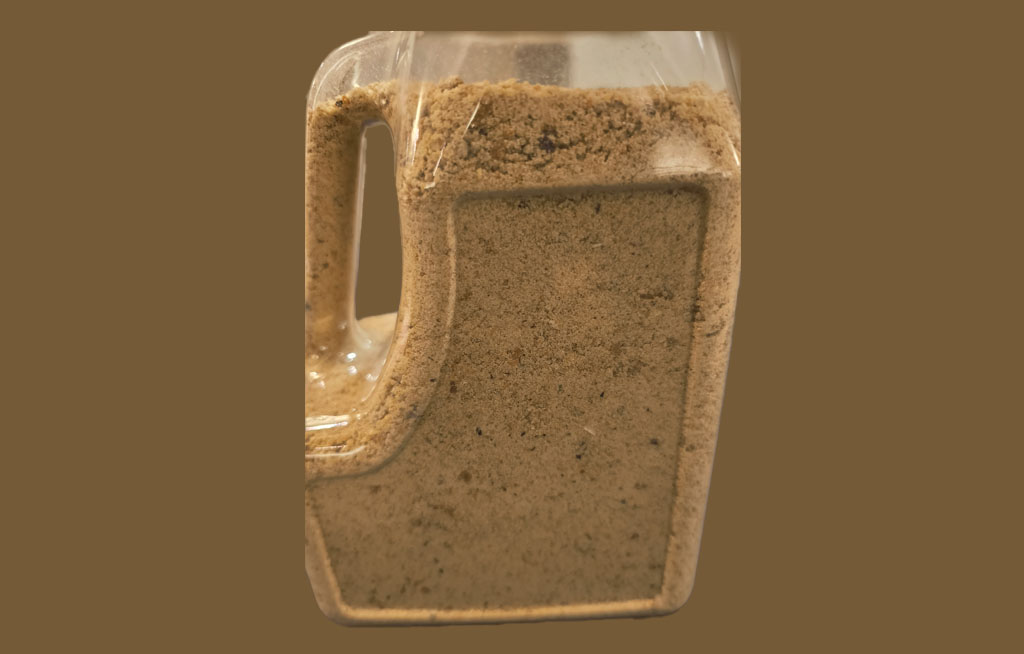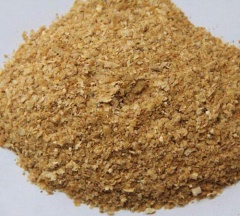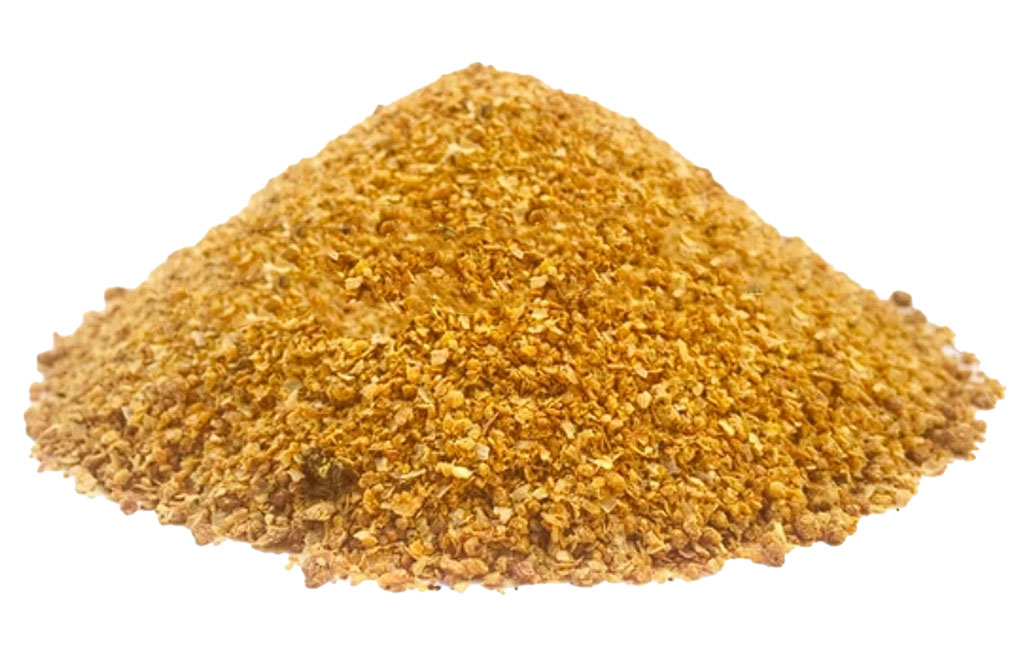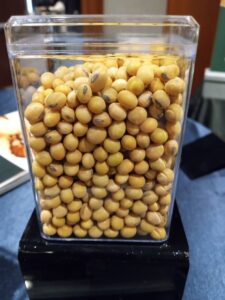
At the heart of our business lies a deep commitment to quality, purity, and consistency. As trusted suppliers in the global agri-trade sector, we specialize in delivering Non-GMO Soybeans, Soybean Meal, Corn Gluten Meal, and DDGS (Distillers Dried Grains with Solubles) — all sourced from premium growers in the USA, Canada, Brazil, and Argentina.
Every product we offer meets stringent quality standards and is carefully selected to ensure maximum nutritional value for various industries across Asia, the Middle East, and beyond. With complete control over every step — from farm to shipment — we guarantee unmatched freshness and reliability in every batch.
Whether you’re in livestock nutrition, food manufacturing, or agri-processing, you can count on us for clean, high-grade, and consistent supply. Explore our range of products below and grow your business with confidence.
Soybean Meal

It is primarily used in feed formulations for pigs, poultry, cattle, and aquaculture. Given its nutritional profile, it plays a crucial role in animal growth, reproduction, and overall health.
Corn Gluten Meal (CGM)

Key Features:
✔ Rich in methionine & cysteine (beneficial for poultry & fish).
✔ High digestibility (90%+ for poultry and swine).
✔ Contains xanthophylls (improves egg yolk & skin pigmentation).
Use of CGM in Different Animal Feeds
1. Poultry Feed
Broilers & Layers: Used at 5-15% of the diet.
Enhances yellow skin & egg yolk color (due to xanthophylls).
Good methionine source but requires lysine supplementation (e.g., soybean meal, synthetic lysine).
2. Cattle Feed
Used in dairy & beef cattle as a protein supplement (up to 10-15% of diet).
Helps improve milk yield but should be mixed with rumen-degradable proteins.
3. Aquaculture Feed
Used in tilapia, catfish, and shrimp feeds (up to 10-20%).
Good methionine source but requires fishmeal/soybean meal for lysine balance.
May replace partial fishmeal to reduce feed costs.
Advantages of CGM in Animal Feed
✅ Cost-effective protein source compared to fishmeal or soybean meal.
✅ High methionine content supports feathering (poultry) and muscle growth.
✅ Natural pigmenting effect (improves egg yolk & broiler skin color).
✅ Non-GMO & gluten-free (suitable for some specialty feeds).
DDGS - Distilled Dried Grains with Solubles

Composition: DDGS is rich in protein, fiber, and fat, making it a nutritious feed ingredient for livestock, including cattle, swine, poultry, and fish. It provides essential nutrients that can complement other feed components.
Production Process: The production of DDGS involves drying the spent grains from the distillation process. The solubles, which contain nutrients, are added back to the dried grains, enhancing their nutritional value.
Benefits: DDGS is valued for its high protein content and digestible fiber, which can improve the feed efficiency of livestock. It is also considered a cost-effective feed option due to its nutrient density.
Market and Trade: The demand for DDGS has been growing globally as livestock producers seek alternative protein sources. The U.S. is one of the largest producers and exporters of DDGS, with significant markets in Asia, Europe, and Latin America.
Sustainability: Utilizing DDGS as animal feed contributes to the sustainability of the ethanol production process by minimizing waste and making use of by-products.
Soybeans
Appearance: Light yellow to light brown
Crude Protein: 46% min
Crude Fat: 1.0% min
Crude Fiber: 3.0% max
Moisture: 10% max
Calcium: 0.20%
Phosphorus: 0.65%
Total Amino Acid: 4.50%

Soybeans are a major agricultural commodity traded globally. The top soybean importers typically include countries that either have a large demand for animal feed, as soybeans are a primary ingredient in livestock feed, or countries that use soybeans extensively for food products and industrial applications.
Currently, more than 60% of U.S. Soy is exported as whole soybeans, meal or oil to markets outside of the United States.
The top 10 export markets for U.S. soybeans in order of volume received in marketing year 2021/22 include China, Mexico, the European Union, Egypt, Japan, Indonesia, Taiwan, Bangladesh, Thailand and Vietnam. The Philippines, Mexico and Columbia were the top three U.S. export global customers for U.S. soybean meal.
These countries import soybeans from major producers like the United States, Brazil, and Argentina. The global soybean trade is influenced by factors such as crop yields, trade policies, and domestic demand in the importing and exporting countries.
We are one of the top exporters of goods made from soybeans. We supply our goods at competitive costs relative to the global market, and they are of excellent quality. Please send us an email if you are in the process of sourcing this product so that our sales department may provide you with the details of the goods, including its specs, costs, packaging, quantity that is available, delivery schedule, and terms of payment. We are eager to work with your prestigious firm or organization to build a long-lasting business partnership.
Significant concentrations of
The most common vegetable protein feed utilized in the creation of animal feeds is soybean. After being crushed to produce oil and cake, soybeans are then extracted to remove any remaining oil and produce meal. Because of its high protein content, soybean meal is regarded as superior to other oil meals. Non-GMO soybean is the raw material.
© 2024 All Rights Reserved.
